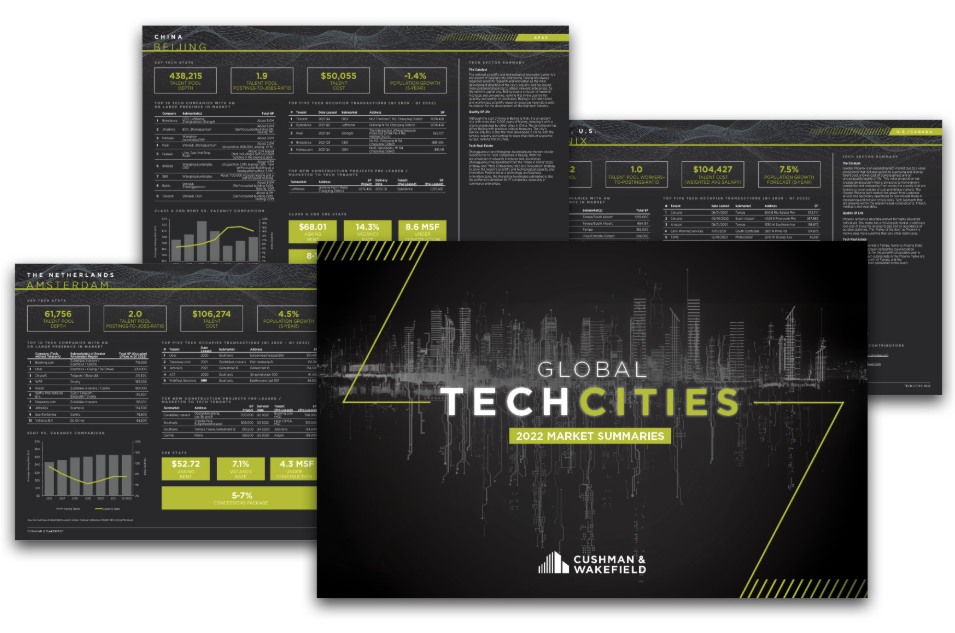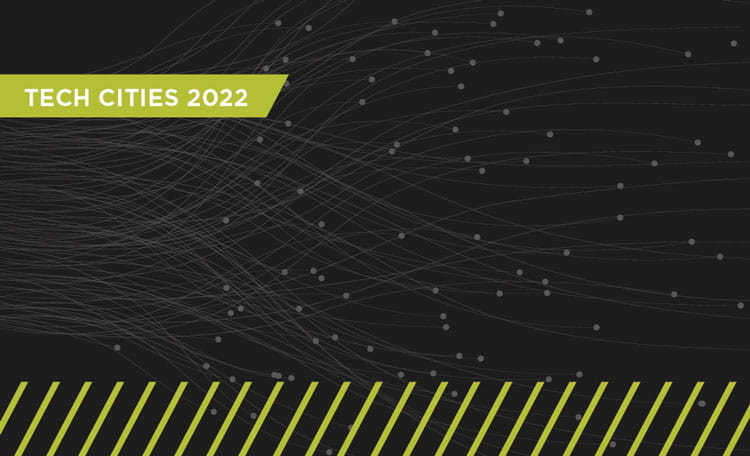The New Wave in the War for Talent – Choice
The war for talent between tech companies isn’t new. For nearly a decade, they’ve battled to attract and retain the most innovative talent especially in today’s “Great Resignation” era, the latest evolution in this battle. But today, there’s a new tool to help tech companies attract and retain talent: offering employees the choice of when, where and how to work. It’s not simply a question of in-office or remote workplace policies. Employees want to feel empowered to choose from myriad working environments, in addition to flexibility around workplace schedules.After many years of globally distributed teams and fierce competition in traditional tech markets, technology companies often have shown geographic flexibility in where they attract talent, leading to an emergence of tech hubs in emerging international markets. Cities like Austin, Nashville, Denver, Salt Lake City, Prague, Dublin, Budapest, Singapore, Shenzhen and Bengaluru are experiencing immense tech sector growth. While these cities are not replacing the traditional tech hubs, they are becoming the hot spots of growth for tech talent due to high quality of life, lower cost of living, proximity to centers of education and access to recent graduates.
“Companies are realizing that in order to differentiate from a culture perspective, the role of the office is important. They need to provide an office environment that entices people to come in, and they are thinking about where they want those offices to be,” says Erica Bubes Ruder, Managing Director, Total Workplace, Workforce Analytics.
The rise of these new markets have tech companies navigating legal and jurisdictional nuances and asking new questions, such as how to localize pay, equalize costs of living, provide equitable employee benefits, and allow for time-zone and work-schedule flexibility. Though the answers to these challenges vary, universally employees value choice. In a 2022 survey of more than 10,000 employees globally, 94% said they want flexible hours and 79% want location flexibility (Source: Future Forum Pulse, April 19, 2022) . As tech companies around the world try to attract and retain the skilled and valuable employees they need, many are focusing on offering employees a choice in where and when they do their best work. Our own Experience Per Square Foot™ survey supports this: giving employees flexibility in where or when they work leads to better employee outcomes.
Employees with choice and control over where or when they work report higher engagement than those without choice.


 As technology companies try to entice employees back to the physical workplace, there are several big trends in workplace amenities. Gone are the days of Ping Pong tables and slides. Today’s workplace focuses on amenities to support their employees as people. This means listening to what employees say they want in their workspaces or from their employers. These amenities are no longer just physical amenities, they also are benefits and perks for employees. The most requested amenities fall into three main categories: those that provide convenience, support wellness and build connections.
As technology companies try to entice employees back to the physical workplace, there are several big trends in workplace amenities. Gone are the days of Ping Pong tables and slides. Today’s workplace focuses on amenities to support their employees as people. This means listening to what employees say they want in their workspaces or from their employers. These amenities are no longer just physical amenities, they also are benefits and perks for employees. The most requested amenities fall into three main categories: those that provide convenience, support wellness and build connections.





